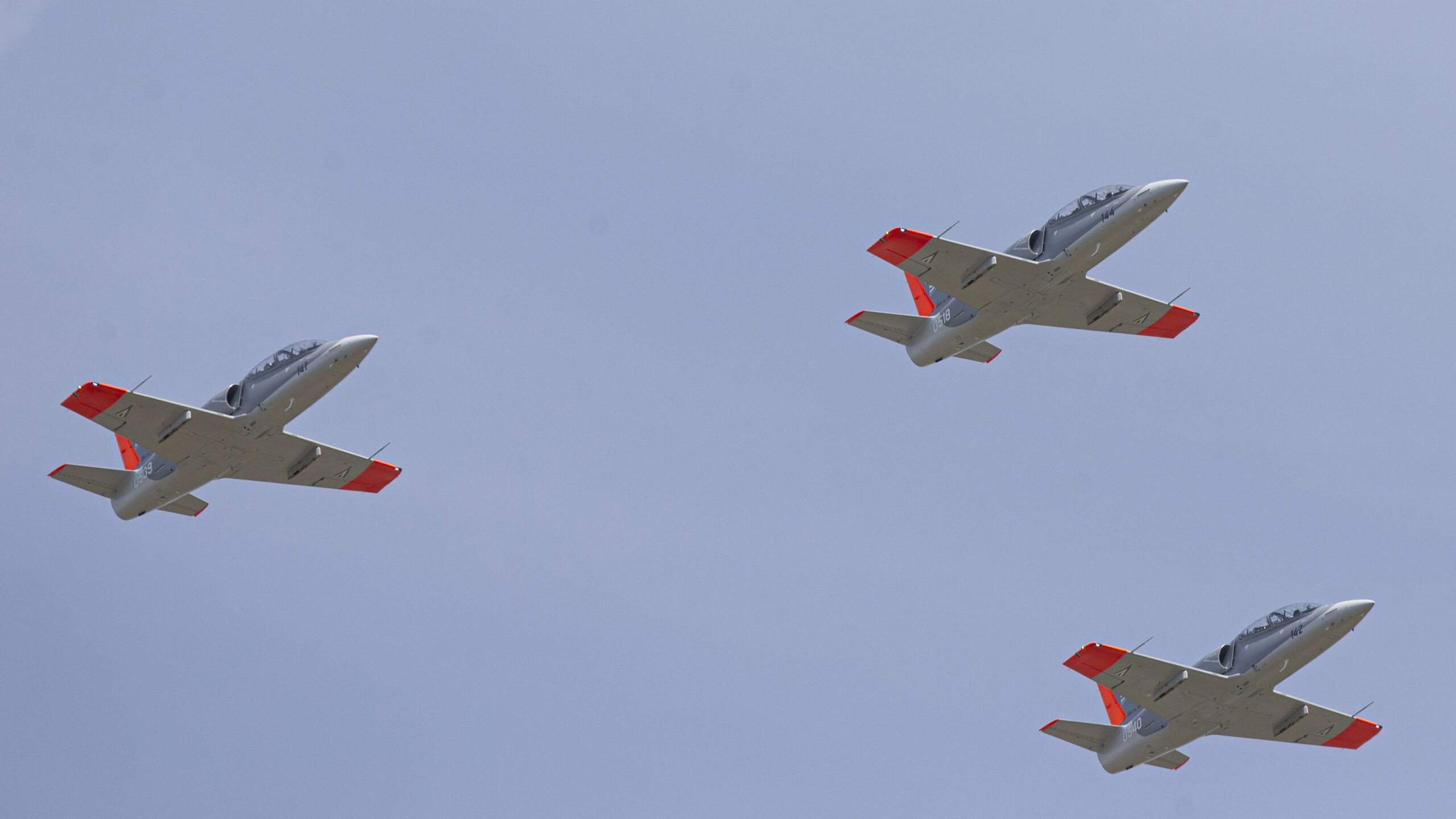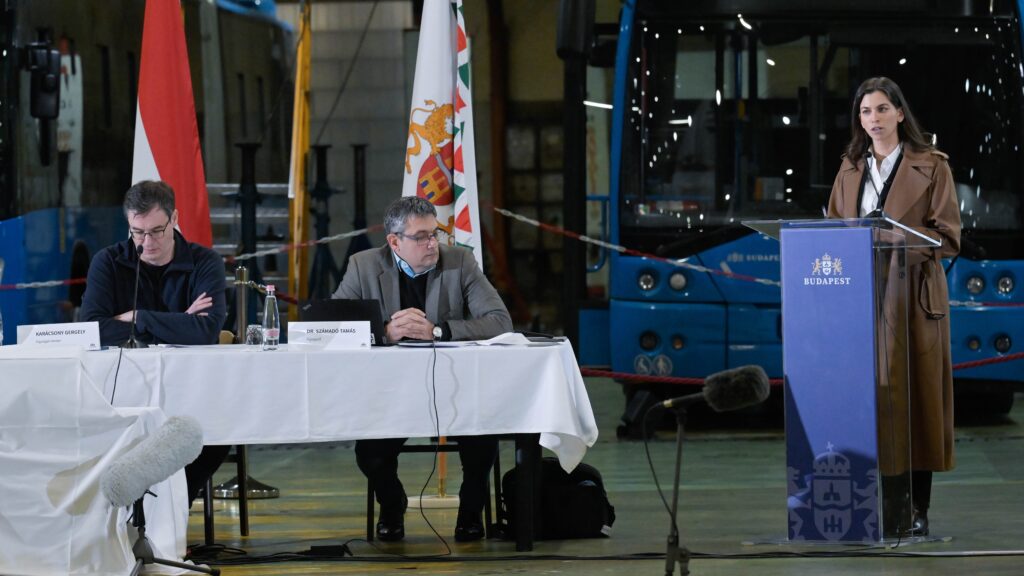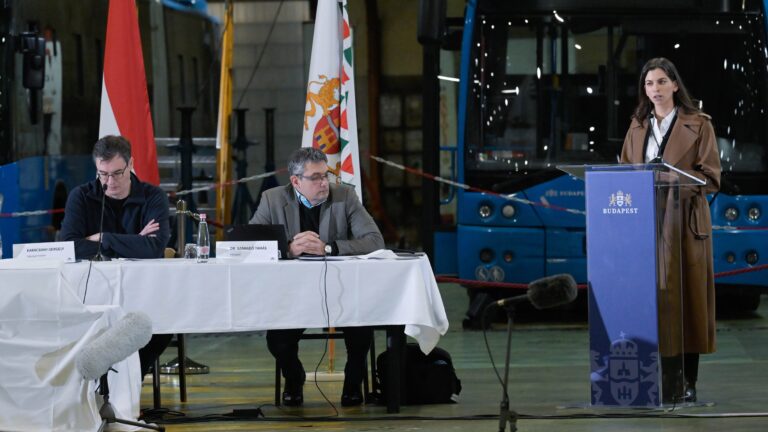Hungary’s Ministry of Defence celebrated a major milestone on Friday with the arrival of the first L-39NG tactical trainer jets at the Hungarian Defence Forces’ 101st Air Wing base in Kecskemét. State Secretary Zsolt Kutnyánszky emphasized the importance of the event, describing it as the beginning of a new era in Hungarian military aviation and a key step toward national security.
‘The mission is to create security, because a strong Hungarian military and a well-trained air force are the guarantees of our shared peace,’ Kutnyánszky said during the ceremony. Kecskemét was described as the stronghold of Hungarian military aviation, and the arrival of the jets as a defining moment in the nation’s ongoing military development.
The L-39NG aircraft—advanced two-seater jet trainers developed by the Czech company AERO Vodochody, which is partially owned by the Hungarian state—represent both cutting-edge technology and Hungary’s strategic defence ambitions, including full-scale, independent pilot training capabilities.
Following the Zlin propeller-driven training aircraft already in use at the Szolnok helicopter brigade, the L-39NG jets form the second tier in Hungary’s pilot training structure. Their onboard systems allow simulation of modern fighter aircraft operations, including aerial combat, weapons systems, and complex tactical decision-making.
Hungary’s air force will also benefit from a new simulation-based training centre, enabling realistic, immersive combat scenario training. Hungarian pilots have already completed training on the L-39NG aircraft in the Czech Republic, laying the groundwork for the next generation of military aviators.
The state secretary reaffirmed the Hungarian government’s long-standing commitment to strengthening sovereign defence capabilities—not in response to external expectations, but in service of Hungarian national interests. He stressed that military modernization is a matter of national responsibility, not political rhetoric.
“This programme not only makes Hungary stronger, but also contributes to the strength of our allies,” Kutnyánszky said, adding that the new jets and training system will be integrated into NATO’s European pilot training programme.
‘Being a soldier is a mission; being a pilot is a calling,’ he continued. ‘Hungarian Air Force pilots carry not only themselves into the air, but also the dignity, skill, and courage of millions of Hungarians.’
According to background materials distributed at the event, Hungary will receive a total of 12 aircraft by the end of 2028—eight trainer variants and four reconnaissance variants. The jet has a wingspan of 9.37 metres, a length of 11.83 metres, and a maximum speed of 907 km/h without payload. Its service ceiling is 11,582 metres, with an empty weight of 4,000 kg and a maximum take-off weight of 5,370 kg.
Related articles:







